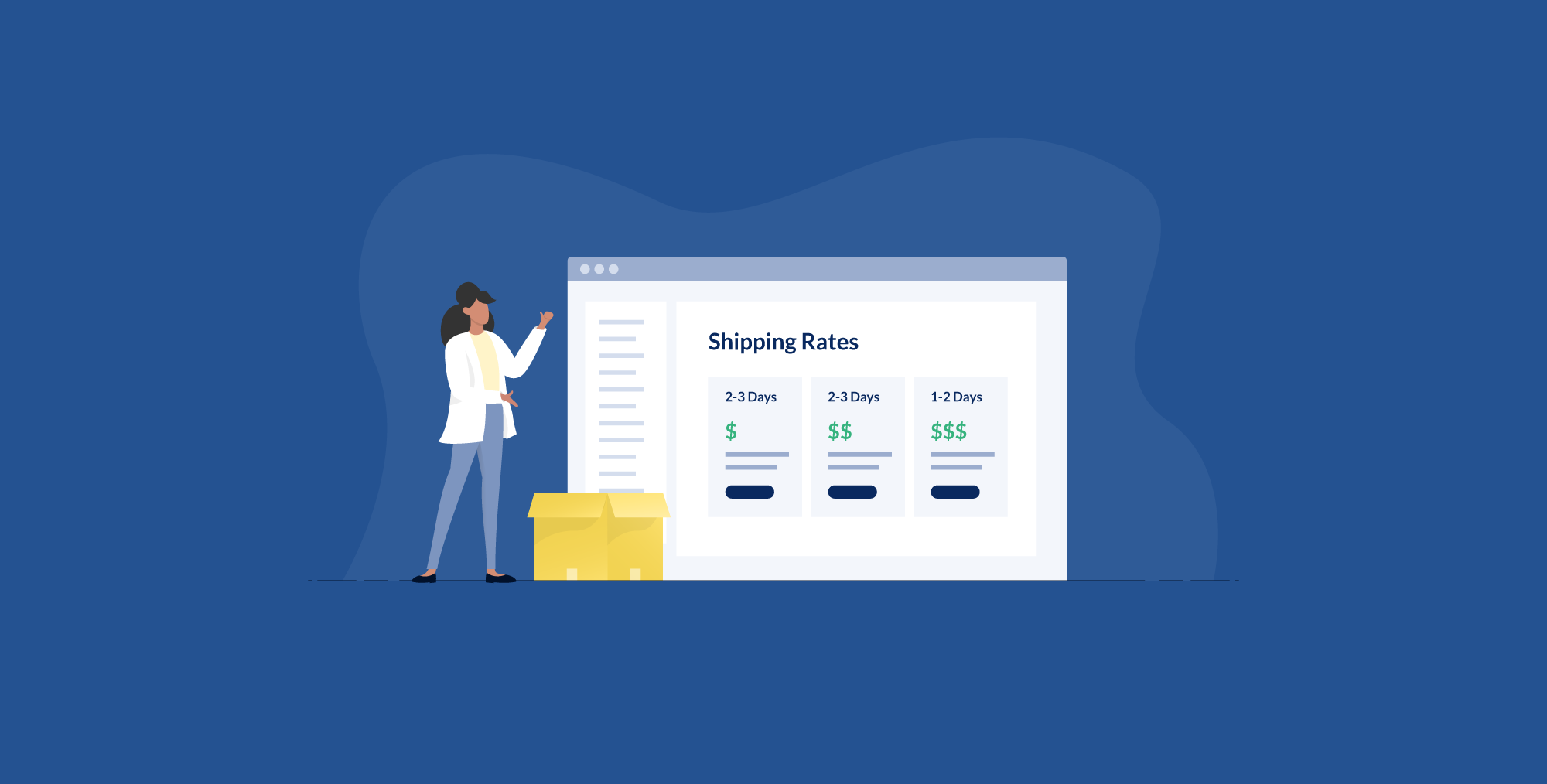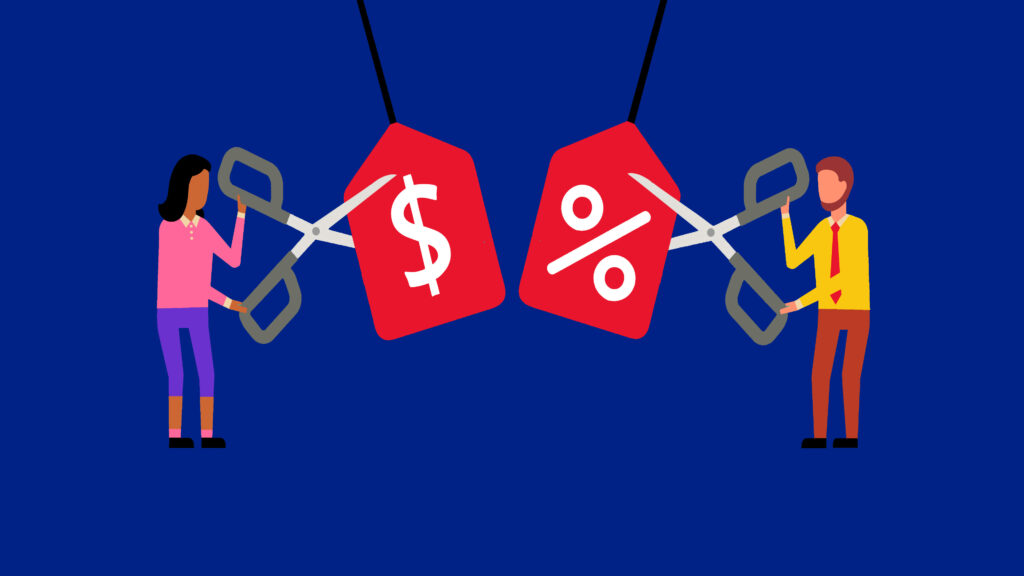
Starting a small business can be an exciting venture, but it also comes with its share of challenges, especially when it comes to logistics and shipping. One of the most significant expenses for small businesses is often the cost of shipping.
However, with the right strategies, it’s possible to secure low shipping rates that can help keep overall costs down and improve profit margins. Here’s a comprehensive guide on how to achieve this.
Table of Contents
1. Understand Your Shipping Needs
Before you start negotiating rates or choosing carriers, it’s crucial to have a clear understanding of your shipping needs. Consider the average size and weight of your packages, the frequency of your shipments, and your most common shipping destinations. This information will help you select the most cost-effective shipping options and negotiate better rates with carriers.
2. Compare Carriers and Services
Don’t limit your options to just one carrier. Each shipping company offers different rates, services, and discounts. Major carriers like UPS, FedEx, and USPS, for example, have varied pricing structures. Additionally, regional carriers can offer competitive rates for local deliveries. Compare their prices, delivery times, and service quality to find the best fit for your business.
3. Leverage Bulk Shipping Discounts

Source: shopify.com
Most carriers offer discounts for bulk shipments. If you’re shipping large quantities regularly, you can leverage this to negotiate lower rates. Even if your current volume isn’t high, forecast your growth and discuss potential volume discounts with your carrier. They might be willing to offer lower rates in anticipation of increased business.
4. Optimize Packaging
Reducing the size and weight of your packages can significantly lower shipping costs. Use packaging that fits your product snugly without unnecessary weight or bulk. Additionally, consider eco-friendly packaging options that are not only cost-effective but also appeal to environmentally conscious consumers.
5. Use a Third-Party Insurance Provider
Carrier insurance can be expensive. Using a third-party insurance provider for your shipments can be a cost-effective alternative. These providers often offer lower rates and more comprehensive coverage options.
6. Consider Hybrid Shipping Services

Source: xpdel.com
Hybrid shipping services, which use a combination of carriers to complete a delivery, can be more affordable than standard services. These services typically involve one carrier handling the pickup and initial transport and another handling the final delivery.
7. Take Advantage of Technology
Utilizing shipping software can help automate and optimize your shipping process. These tools often provide access to discounted shipping rates, help compare carrier prices, and manage tracking and customer communication more efficiently.
8. Build a Relationship with Carriers
Establishing a good relationship with your carriers can lead to better rates and service. Regular communication, prompt payments, and loyalty can make you a preferred customer, leading to more negotiating power.
9. Outsource to a Fulfillment Service

Source: linkedin.com
For many small businesses, outsourcing shipping logistics to an order fulfillment company can be a game changer. An order fulfillment company like Shipro specializes in handling the logistics of storing, packing, and shipping orders.
They often have negotiated rates with carriers due to their high volume, which can translate into lower shipping costs for your business. Additionally, using a fulfillment service can free up your time and resources to focus on other aspects of your business.
10. Keep an Eye on Shipping Trends
The shipping industry is constantly evolving. Keep yourself updated on industry trends, rate changes, and new services or discounts. This knowledge can help you make informed decisions and adapt your shipping strategy accordingly.
11. Audit Your Shipping Invoices
Regularly auditing your shipping invoices can help you identify any discrepancies or opportunities for savings. Look for any incorrect charges and discuss these with your carrier. This practice not only helps in saving costs but also ensures you are billed correctly for the services used.
12. Offer Multiple Shipping Options to Customers

Source: apsfulfillment.com
Offering a range of shipping options can be beneficial. While some customers prefer fast delivery, others might opt for a cheaper, slower option. This flexibility allows you to choose the most cost-effective shipping method based on customer preference.
13. Negotiate, Negotiate, Negotiate
Finally, don’t be afraid to negotiate with carriers. Rates are often not set in stone, and carriers are usually willing to discuss rates, especially if you bring volume or are considering multiple carriers.
The Role of Third-Party Logistics Companies
Incorporating third-party logistics (3PL) companies into your shipping strategy can be highly beneficial. These companies offer a range of logistics and supply chain management services, including transportation, warehousing, picking and packing, inventory forecasting, order fulfillment, and packaging. They are especially advantageous for small businesses due to their ability to secure lower operational costs and better shipping rates through economies of scale.
Cost Savings and Efficiency
One of the main draws of using a 3PL company is the significant cost savings. These companies handle logistics for multiple clients, allowing them to leverage economies of scale, resulting in reduced operational costs and better shipping rates.
They also bring expertise and efficiency to logistics management, equipped with the latest technology for inventory management, order processing, and shipping. This leads to more efficient operations, faster delivery times, lower error rates, and improved customer satisfaction.
Flexibility and Scalability

Source: medium.com
3PL providers offer flexibility and scalability in their services. They can adapt to the changing needs of a business, handling increased volume during peak times and scaling back during slower periods. This adaptability is particularly valuable for businesses with seasonal sales fluctuations.
Focus on Core Business Activities
By outsourcing logistics to a 3PL, businesses can concentrate on core activities like product development, marketing, and sales. This focus is crucial for growth, particularly for small and medium-sized enterprises that may lack the capacity to manage complex logistics operations internally.
Final Word
In conclusion, lowering shipping rates for your small business requires a mix of strategy, negotiation, and smart choices. From optimizing your packaging to considering an order fulfillment company, there are multiple ways to reduce shipping costs without compromising on quality and efficiency. By adopting these practices, small businesses can not only save on shipping expenses but also enhance their overall operational efficiency and customer satisfaction.







